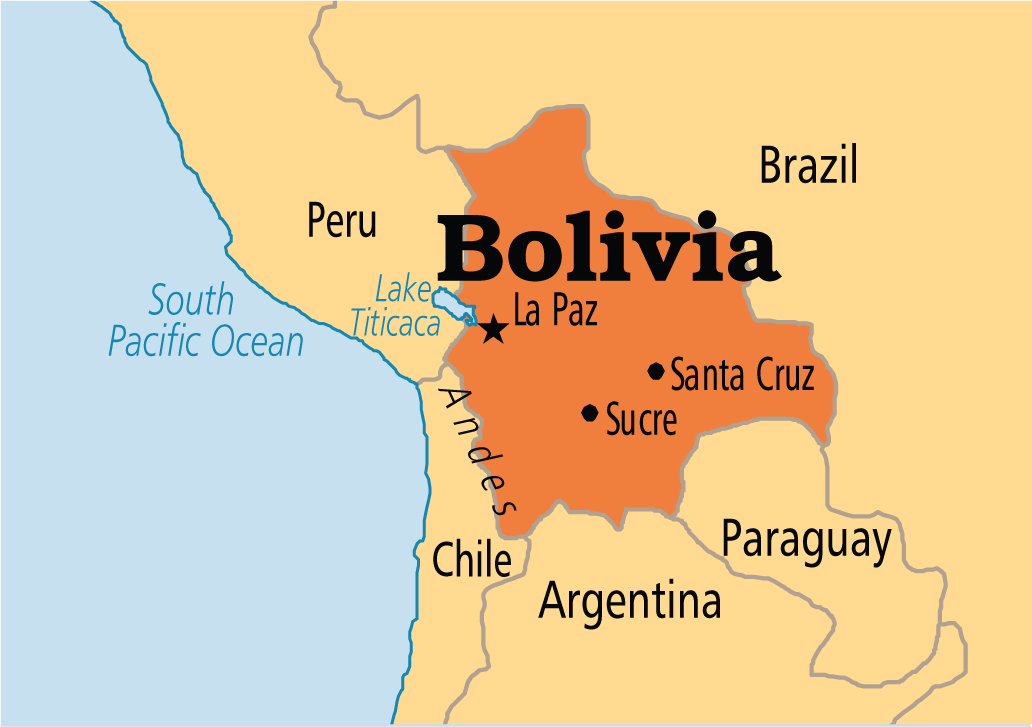International Relations
Bolivia Crisis
- 14 Nov 2019
- 3 min read
Why in News
Jeanine Anez became the 66th president of Bolivia by replacing Evo Morales who fled the country to escape a violent crisis. She is the second woman to hold this post in Bolivia.
- Her appointment as an interim leader has been endorsed by Bolivia's Constitutional Court.
Controversy
- Evo Morales was the first indigenous President of Bolivia who came to power in 2006. The past Presidents were of European descent.
- The indigenous communities consist of two-thirds of Bolivia’s population.
- The recent protests after his re-election to President escalated into a rebellion over the charges of election rigging.
Bolivia
- Bolivia is officially known as the Plurinational State of Bolivia.
- It is a landlocked country located in western-central South America.
- The capital of Bolivia is Sucre while the seat of government and financial centre is located in La Paz.
- In 2009, a new constitution changed the country's official name to "Plurinational State of Bolivia" in recognition of the multi-ethnic nature of the country.
- Bolivia is a member of the free trade bloc known as Andean Community (CAN).
Andean Community (CAN) and Mercosur
- The Andean Community is a trade bloc of four countries - Bolivia, Colombia, Ecuador and Peru.
- The Headquarters of CAN are located in Lima, Peru.
- The regional integration in the Andean countries began with the signing of the Cartagena Agreement (by Bolivia, Chile, Colombia, Ecuador and Peru) in 1969 creating the Andean Pact with the objective of creating a Customs Union and a Common Market.
- Chile withdrew in 1976 claiming economic incompatibilities.
- Apart from CAN, Mercosur is the other major trading block of South America.
- Mercosur was established in 1991 by the Treaty of Asunción, which was later amended and updated by the 1994 Treaty of Ouro Preto.
- Its full members are Argentina, Brazil, Paraguay, Uruguay. Venezuela’s membership was suspended in 2016.
- Mercosur and CAN signed a Framework Agreement for the creation of a Free Trade Area between each other in April 1998.
- CAN and Mercosur, along with nations like Chile, have been spearheading deeper integration of all South America through the Union of South American Nations (UNASUR) patterned on the European Union.




